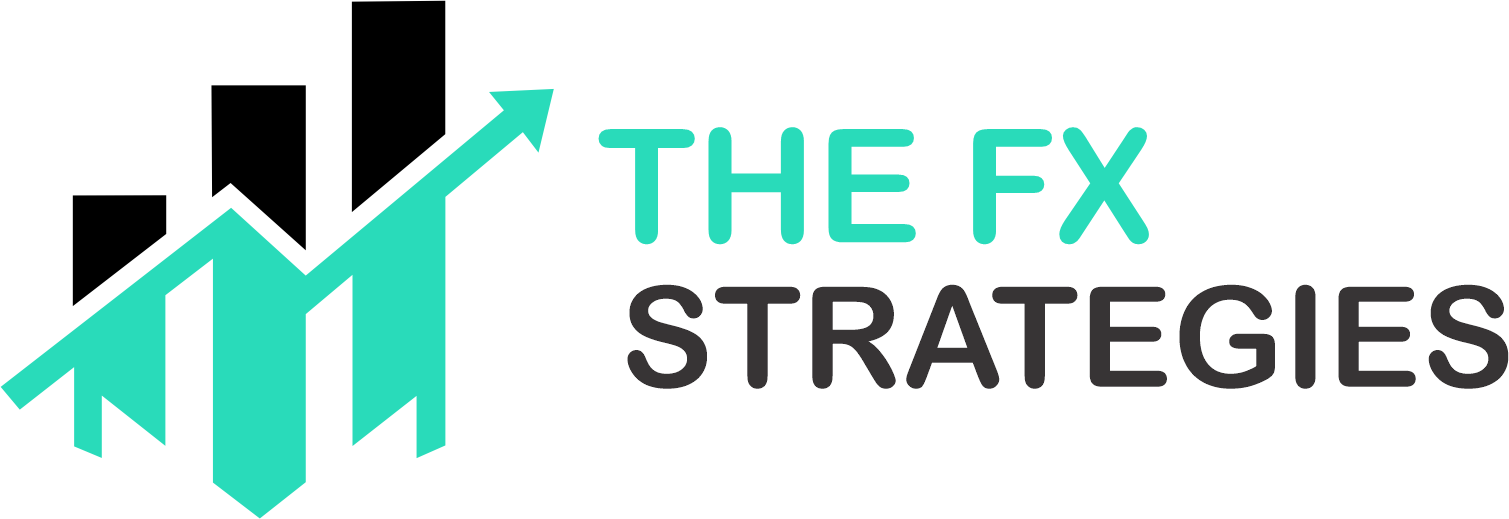Forex charts are an essential tool for every Forex trader, whether you are a beginner or an experienced professional. They provide valuable insights into market movements, helping traders make informed decisions. However, if you’re new to trading, understanding how to read and analyze Forex charts can seem intimidating at first.
In this beginner-friendly guide, we’ll explain the basics of reading Forex charts, including the different types of charts, key chart elements, and how to use them to develop a successful trading strategy.
What Are Forex Charts?
A Forex chart is a graphical representation of the price movements of a currency pair over time. It visually shows how the price of one currency (the base currency) changes in relation to another currency (the quote currency). Forex charts display historical price data, which helps traders spot patterns, trends, and potential entry and exit points for their trades.
Types of Forex Charts
There are several types of Forex charts, but the most common ones are:
1. Line Charts
A line chart is the simplest type of Forex chart, connecting closing prices over a specific period. It’s often used by traders who want a clear overview of the price trend without too much detail.
- How It Works: A line chart connects the closing prices of each trading period, creating a continuous line. It’s great for visualizing the overall trend.
- Best For: Beginners who are just starting to understand price movements and market trends.
2. Bar Charts
A bar chart provides more detailed information than a line chart. Each bar represents the price movement for a specific period, showing the open, high, low, and close prices (OHLC) of a currency pair.
- How It Works: Each bar has a vertical line showing the highest and lowest prices during the period, with horizontal lines on the left and right representing the opening and closing prices.
- Best For: Traders who need a bit more detail about price action but still want a relatively simple chart.
3. Candlestick Charts
A candlestick chart is one of the most popular chart types used by Forex traders. It’s similar to the bar chart but visually more intuitive, with each “candlestick” showing the open, high, low, and close prices for a specific period.
- How It Works: Each candlestick has a “body” (the area between the open and close price) and “wicks” (lines above and below the body that show the highest and lowest prices). A filled candlestick (typically red) indicates that the close price was lower than the open price, while a hollow or green candlestick indicates the opposite.
- Best For: Traders who want a detailed view of market sentiment and price action, as candlestick patterns are widely used in technical analysis.
Key Elements of Forex Charts
Understanding the components of a Forex chart is crucial for analyzing price movements effectively. Here are the essential elements of a Forex chart:
1. Price Axis (Vertical Axis)
The price axis (vertical axis) shows the price of the currency pair being traded. It represents the value of the base currency relative to the quote currency. For example, in the EUR/USD pair, the price axis shows how many US dollars (quote currency) are required to buy one Euro (base currency).
2. Time Axis (Horizontal Axis)
The time axis (horizontal axis) shows the time period for each data point on the chart. Forex charts can be displayed for different time frames, ranging from minutes to months. Common time frames include:
- 1-minute (M1)
- 5-minute (M5)
- 15-minute (M15)
- 1-hour (H1)
- 4-hour (H4)
- 1-day (D1)
Choosing the right time frame depends on your trading style (e.g., scalping, day trading, or swing trading).
3. Chart Timeframe
The timeframe refers to the duration of each candlestick or bar on the chart. For instance, if you’re using a 1-hour timeframe, each candlestick or bar will represent one hour of market activity. Shorter timeframes (like 1-minute or 5-minute) provide more granular details, while longer timeframes (like 1-day or weekly) show broader trends.
4. Trend Lines
Trend lines are one of the most basic tools used to identify the direction of the market. A trend line is drawn by connecting the lows in an uptrend or the highs in a downtrend. It helps traders understand whether the market is moving upwards (bullish) or downwards (bearish).
- Uptrend: An uptrend is characterized by higher highs and higher lows.
- Downtrend: A downtrend is marked by lower highs and lower lows.
5. Support and Resistance
- Support: A price level where the currency pair tends to stop falling and reverses upward. It’s like a floor for the price.
- Resistance: A price level where the currency pair tends to stop rising and reverses downward. It acts like a ceiling for the price.
Support and resistance levels are key in technical analysis as they help identify potential entry and exit points.
How to Use Forex Charts for Analysis
Once you understand how to read Forex charts, you can start using them to analyze market conditions and make informed trading decisions. Here are some basic ways to use charts in your trading:
1. Identify Trends
The first thing you should do when analyzing a Forex chart is to determine the trend. Is the market in an uptrend, downtrend, or moving sideways? This will help you decide whether to buy or sell.
- In an uptrend, you should look for buying opportunities.
- In a downtrend, focus on selling opportunities.
- In a sideways market, you may choose to trade range-bound or wait for a breakout.
2. Use Technical Indicators
You can enhance your chart analysis by adding technical indicators, which provide additional insight into the market. Common indicators include:
- Moving Averages: Help identify the overall trend and smooth out price fluctuations.
- Relative Strength Index (RSI): Shows whether a currency pair is overbought or oversold, helping identify potential reversal points.
- MACD: A momentum indicator that shows the relationship between two moving averages to identify trend direction and potential buy/sell signals.
3. Look for Patterns
Forex charts often form specific patterns that traders use to predict future price movements. Some common chart patterns include:
- Head and Shoulders: A reversal pattern that indicates a change in trend direction.
- Triangles (Symmetrical, Ascending, Descending): Consolidation patterns that indicate potential breakouts.
- Double Tops and Bottoms: Reversal patterns that suggest a change in trend direction.
Conclusion
Learning how to read Forex charts is an essential skill for every trader. As a beginner, focus on understanding the different types of charts, key chart elements, and how to analyze trends, support and resistance levels, and technical indicators. Once you become comfortable with reading charts, you can start developing your trading strategies based on these insights.
Remember, reading charts is just one part of the puzzle. Combine your chart analysis with sound risk management and a solid trading plan to increase your chances of success in the Forex market.


